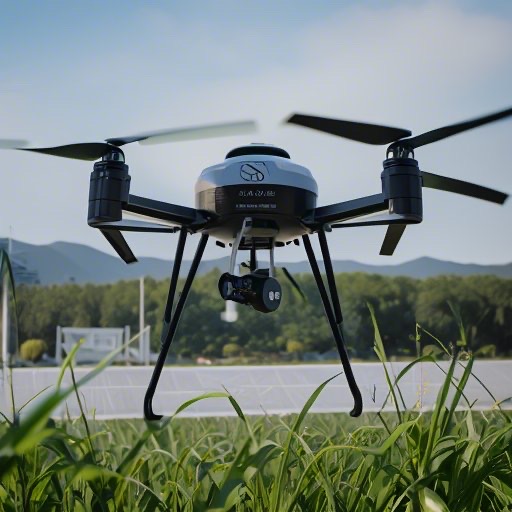Smart Cities: 4D Radar Drones Redefine $1T Agri/Logi/Fire Sectors

In recent years, drone technology has advanced at a remarkable pace, creating new possibilities for industries and everyday applications. One of the most significant breakthroughs is the integration of 4D millimeter-wave radar, providing advanced obstacle avoidance capabilities. This innovation is not only enhancing the safety and efficiency of drones but also expanding their role in diverse sectors, from agriculture to urban logistics and emergency response.
Transforming Agriculture: Precision and Sustainability
Agricultural drones equipped with 4D millimeter-wave radar are setting new standards in precision farming. This technology enables drones to mimic the ground’s contours, ensuring they fly at a consistent 2-meter altitude, even in uneven terrain. As a result, these drones can accurately monitor crops and apply fertilizers or pesticides with minimal waste. By adapting in real time to environmental factors like wind and obstacles, drones can maximize efficiency and ensure sustainability in agricultural operations.
The integration of obstacle avoidance radar further enhances safety by allowing drones to avoid trees, power lines, or other obstacles during operation. This level of precision helps farmers improve productivity while reducing resource consumption, marking a significant step forward in smart farming practices.
Revolutionizing Urban Logistics: Fast and Reliable Deliveries
In urban environments, drones face unique challenges, such as navigating through narrow streets, avoiding buildings, and dealing with unpredictable weather. Drones equipped with 4D millimeter-wave radar excel in this environment, offering precision navigation even in rain or fog. With a radar range of over 200 meters, these drones can navigate seamlessly through challenging conditions, ensuring reliable and timely deliveries.
These drones are increasingly used for urban logistics, including delivering packages, medical supplies, and groceries. The advanced radar technology allows them to adjust to changing weather patterns in real time, ensuring smooth operations regardless of external conditions. The sleek, efficient design of these drones reflects their role as a critical component of modern-day logistics, offering a fast and safe delivery solution for crowded urban areas.
Enhancing Emergency Response: Firefighting and Rescue Missions
One of the most life-saving applications of 4D millimeter-wave radar is in rescue missions, particularly firefighting. Drones equipped with advanced radar technology can penetrate smoke and navigate through hazardous environments, providing essential support in disaster zones. With a radar range of up to 100 meters, these drones can fly safely through dense smoke, locating fire hotspots and assisting with real-time mapping of affected areas.
These drones are designed to be robust and resilient, making them invaluable tools for first responders. They can deliver supplies, monitor fire progression, and even help evacuate areas by mapping out safe paths. Their ability to operate in dangerous conditions, such as smoke-filled or fire-damaged environments, demonstrates the versatility and reliability of drones equipped with obstacle avoidance radar.
The Future of 4D Millimeter-Wave Radar in Drones
The adoption of 4D millimeter-wave radar technology marks a significant advancement in drone capabilities, offering enhanced safety, precision, and efficiency across multiple industries. These capabilities are not just about improving existing practices but are opening up new possibilities for drone applications. From dynamically adjusting to the terrain in agriculture to navigating through harsh weather conditions in urban deliveries and firefighting, the potential of 4D radar is vast.
As industries across the globe increasingly integrate this innovative technology, drones will become even more indispensable in addressing real-world challenges. The future of drone technology is unfolding, and with obstacle avoidance radar, drones are set to redefine how industries operate, improving safety, precision, and efficiency in previously unimaginable ways.



